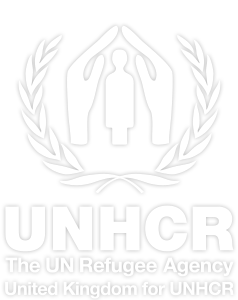Teach AI FAQs
Image: Created with DeepAI
Artificial Intelligence (AI) is fast becoming part of our future.
This emerging technology is rapidly transforming our society across all walks of life in many new and exciting ways. However, we are also conscious of the many stereotypes – and prejudices – that AI could help reinforce.
Sadly, this can also include the way that AI represents refugees and displaced people.
When we asked AI to show us ‘Who is a Refugee?’, many of the images it generated were one-dimensional and stereotypical.
A mass of nameless people. Ethnically homogenous. Stripped of individuality and hope.
We know we can’t change biases overnight but by teaching AI, we hope we’ll start to see a richer picture of who a refugee truly is.
Challenge the Stereotype. Change the Picture. Help Teach AI today.








Images: Looking at DeepAI, Canva, Microsoft Bing Image Creator, PicsArt and Imagine – these are some of the images generated by Artificial Intelligence in 2023.
1. What is the purpose of this campaign?
We are embarking on a journey to change the narrative and imagery associated with refugees within many Artificial Intelligence (AI) models, where bias is clear. This campaign empowers supporters to help UK for UNHCR teach these AI models that many refugee stories are also full of hope, bravery, courage and determination. We want to ensure that machine learning begins to recognise the human behind the label when generating images and text about refugees.
2. How does the image selection process work?
Supporters are encouraged to look through the powerful and inspiring stories of refugees that have been supported by UK for UNHCR. Every human story is unique and powerful, and we want you to help us by selecting those stories that resonate with you most. By submitting them to the AI model, you are helping to showcase the resilience and spirit of the refugee community. Each selection provides the AI model with data that will begin to overwrite its current learnings as the volumes build.
3. What role have you played in contributing to the way AI represents refugees?
As a long-standing organisation which has worked for decades to improve the futures of refugees and displaced people, we acknowledge that we ourselves are on a journey of constant improvement in the way we represent those forced to flee in the digital environment, in our printed materials and the way we communicate our work. We currently strive to ensure refugees are always represented with dignity and collect consent that is regularly reviewed. We are working hard to make sure that we are a force for good in the way refugees and displaced people are represented around the world.
4. How will this campaign make a difference in AI representation?
The selected images will be added to a dataset that will be used to train an AI model. Though this won’t change the AI’s output overnight, it’s a significant example of how wider AI models can be trained to generate more balanced, representative, dignified and diverse imagery of refugees by organisations collectively making the choice to lead such positive imagery.
5. What AI model will you be using?
We will be using an open-source repository of AI models via Hugging Face. Hugging Face is the go-to hub for all things related to natural language processing (NLP), which teaches computers to understand and generate human language. It offers cutting-edge machine learning models and tools, making it easy for organisations to tap into the power of AI. As an open-source project, Hugging Face boasts a vibrant community of AI researchers and practitioners. This gives us access to invaluable insights, best practices, and cutting-edge developments.
6. Can I read the human stories behind the images?
Yes, you can; each image is accompanied with the true story of the pictured refugee. We encourage you to engage with these stories to better understand the diverse experiences of refugees.
7. How can I be sure that my selection will impact AI training?
We are dedicated to transparency. We will provide updates via email on the AI training process and showcase how the newly integrated positive imagery is influencing our AI model’s output. Please sign up to hear more from UK for UNHCR on this movement to Change the Picture.
8. Why is there a need to change the imagery associated with refugees?
Imagery plays a crucial role in shaping perceptions. By promoting more diverse, inclusive and hopeful imagery, we aim to foster a more balanced and empathetic understanding of refugees’ experiences and challenges within the machine learning landscape.
9. Will the change in AI imagery affect the way refugees are perceived immediately?
Changing perceptions is a gradual process. While the integration of positive imagery into the world of machine learning is a vital step, we are also engaging in ongoing efforts to educate, inform, and inspire empathy towards refugees on a global scale.
10. How can I contribute to this campaign aside from selecting images?
Share the campaign with your network, engage in conversations about refugees, question or challenge refugee stereotypes wherever you come across them or support our ongoing programmes that aim to empower and uplift the refugee community by making a donation.
11. How will UK for UNHCR ensure that such AI misrepresentation doesn't occur in the future?
Whilst this isn’t something we can control ourselves, we are committed to continuously evaluating how we use imagery to ensure we’re depicting a balanced and accurate representations of refugees.
Join Us in Changing the Picture
Changing the picture is a collective effort. We’re grateful for your participation and support as we strive for a future where the imagery and narratives around refugees are as diverse, inclusive, hopeful, and resilient as the individuals they represent. Together, we can make a difference – help teach AI today.

